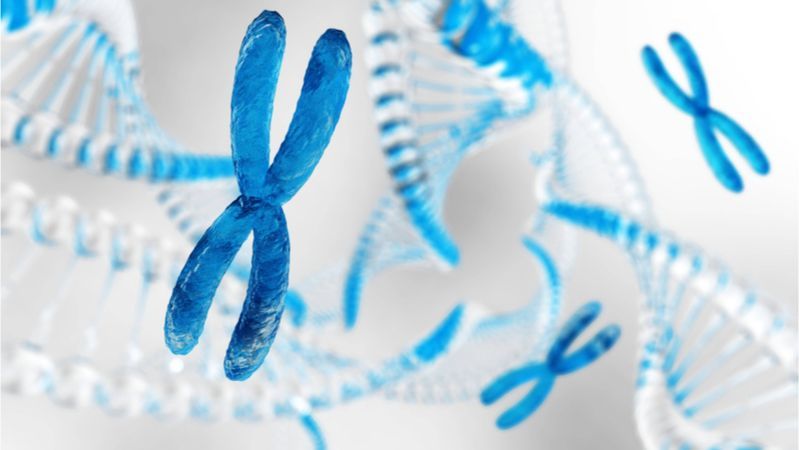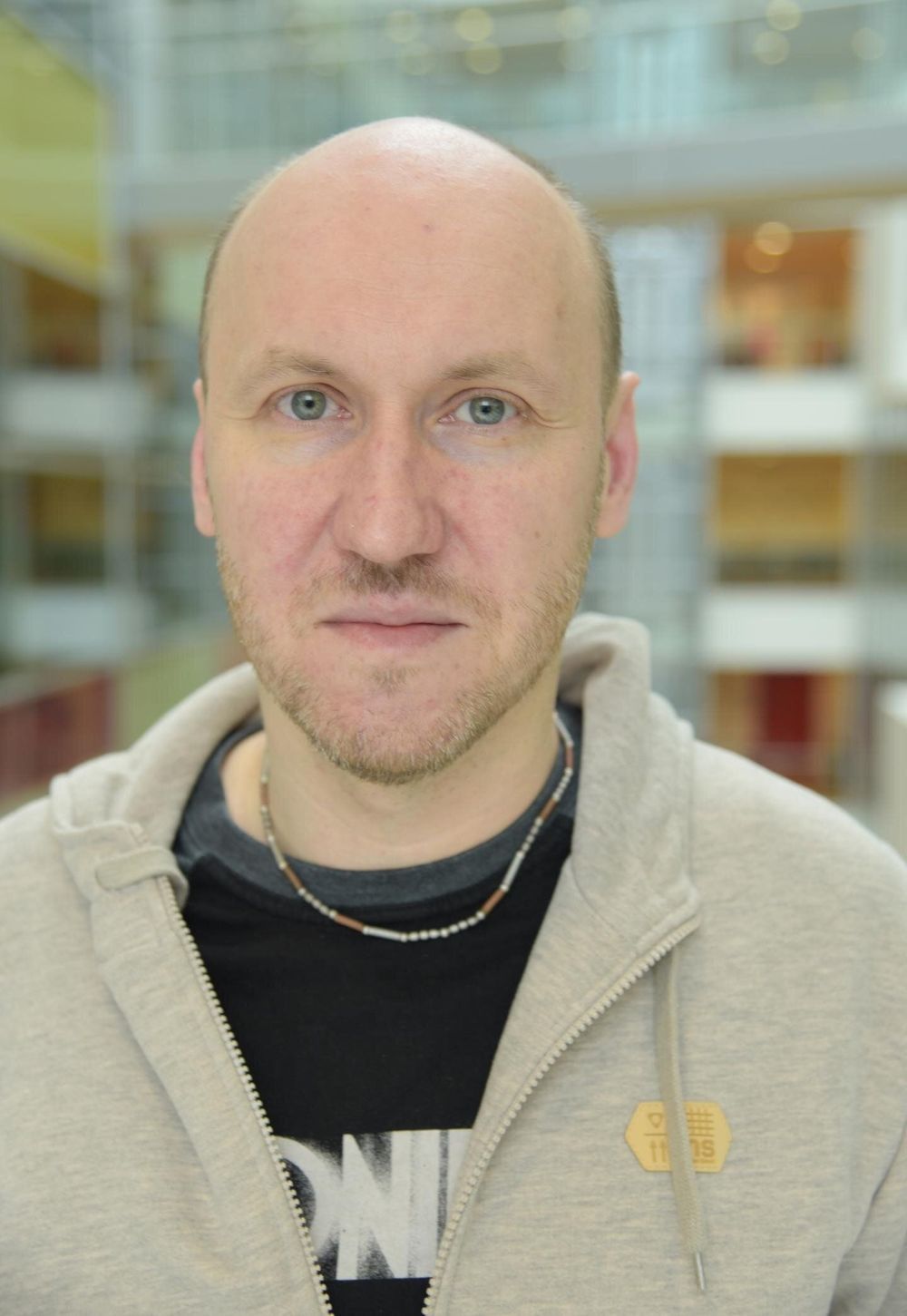I didn’t know Bill Andrews created the treatments Liz Parrish took. Also, he has an Alzheimer’s human test next month.
Category: neuroscience – Page 1,027


Telomerase Gene Therapy Ameliorates Neurodegeneration in Mice
A group of Spanish researchers, including Dr. Maria Blasco and others at the CNIO, have published a new study that examines the consequences of short telomeres and telomerase deficiency on the brain [1].
This study addresses an aspect of telomere attrition, one of the primary hallmarks of aging. Telomeres are repeating sequences of DNA (TTAGGG) that can can reach a length of 15,000 base pairs and appear at the ends of chromosomes, acting as protective caps. They prevent damage, stop chromosomes from fusing with each other, and prevent chromosomes from losing base pair sequences at their end during cell replication.
Evidence for Adult Neurogenesis in Humans Even in Very Late Life
The past year or so has seen an energetic debate over whether or not new neurons are generated in the adult human brain, a process known as neurogenesis. This process is well known and well studied in mice, and thought to be very important in the resilience and maintenance of brain tissue. The human data has always been limited, however, due to the challenges inherent in working with brain tissue in living people, and it was assumed was that the mouse data was representative of the state of neurogenesis in other mammals. In this environment, the publication of a careful study that seemed to rule out the existence of neurogenesis in adult humans produced some upheaval, and spurred many other teams to assess the human brain with greater rigor than was previously the case.
So far, all of the following studies published so far do in fact show evidence of adult neurogenesis in humans. This is the better of the two outcomes, as the regenerative medicine community has based a great deal of work on the prospect of being able to upregulate neurogenesis in order to better repair injuries to the central nervous system, or partially reverse the decline of cognitive function in the aging brain. The study here is particularly reassuring, as it shows that even in very late life there are signs that new neurons are being generated in the brain.
World-first pill may stop Parkinson’s
A new therapy that appears to stop Parkinson’s disease “in its tracks” will begin phase-one clinical trials in humans next year.
The therapy, developed by researchers at the University of Queensland – and partly under-written by the Michael J Fox Foundation – is a world first because it stops the death of brain cells in Parkinson’s sufferers rather than managing symptoms.
If human trials echo the stunning results in animal testing, the inflammation of the brain that causes so much of the progressive damage in Parkinson’s disease (PD) could be halted by taking a single pill each day.

Brush your teeth—postpone Alzheimer’s
Researchers have determined that gum disease (gingivitis) plays a decisive role in whether a person develops Alzheimer´s or not.
“We discovered DNA-based proof that the bacteria causing gingivitis can move from the mouth to the brain,” says researcher Piotr Mydel at Broegelmanns Research Laboratory, Department of Clinical Science, University of Bergen (UiB).
The bacteria produces a protein that destroys nerve cells in the brain, which in turn leads to loss of memory and ultimately, Alzheimer´s.


Spraying Stem Cells Up The Noses of Mice Has Restored Their Sense of Smell
Imagine a simple and effective treatment for restoring the sense of smell in people who have lost it or never had it in the first place – that could one day be possible as a result of early stage research on mice, in which olfactory nerves were replenished using stem cells.
Using droplets of globose basal cells – the same cells that naturally replace damaged and ageing neurons related to smell – scientists were able to get them to develop into full nerve cells, stretching right into the brain.
Ultimately a few squirts of stem cells were able to reconnect the axons leading to the olfactory signalling in the brains of the mice. Scientists are still a long way from repeating the trick with human beings, but it’s a very promising start.

Zolpidem arouses patients in vegetative state after brain injury: quantitative evaluation and indications
Am J Med Sci. 2014 Mar;347:178–82. doi: 10.1097/MAJ.0b013e318287c79c.
BACKGROUND: To investigate the efficacy and indications of zolpidem, a nonbenzodiazepine hypnotic, inducing arousal in vegetative state patients after brain injury.
METHODS: One hundred sixty-five patients were divided into 4 groups, according to area of brain damage and injury mechanism. All patients’ brains were imaged by Tc-ECD single-photon emission computerized tomography (SPECT), before and 1 hour after treatment with 10 mg of zolpidem. Simultaneously, 3 quantitative indicators of brain function and damage were obtained using cerebral state monitor. Thirty-eight patients withdrew from the study after the first zolpidem dose. The remaining 127 patients received a daily dose of 10 mg of zolpidem for 1 week and were monitored again at the end of this week.

Black female physicist pioneers technology that kills cancer cells with lasers
Dr. Hadiyah-Nicole Green is one of fewer than 100 black female physicists in the country, and the recent winner of $1.1 million grant to further develop a technology she’s pioneered that uses laser-activated nanoparticles to treat cancer.
Green, who lost her parents young, was raised by her aunt and uncle. While still at school, her aunt died from cancer, and three months later her uncle was diagnosed with cancer, too. Green went on to earn her degree in physics at Alabama A&M University, being crowned Homecoming Queen while she was at it, before going on full scholarship to University of Alabama in Birmingham to earn her Masters and Ph.D. There Green would become the first to work out how to deliver nanoparticles into cancer cells exclusively, so that a laser could be used to remove them, and then successfully carry out her treatment on living animals.
As she takes on her growing responsibilities, Green still makes time to speak at schools, Boys & Girls Clubs and other youth events. “Young black girls don’t see those role models (scientists) as often as they see Beyonce or Nicki Minaj,” says Green. “It’s important to know that our brains are capable of more.”